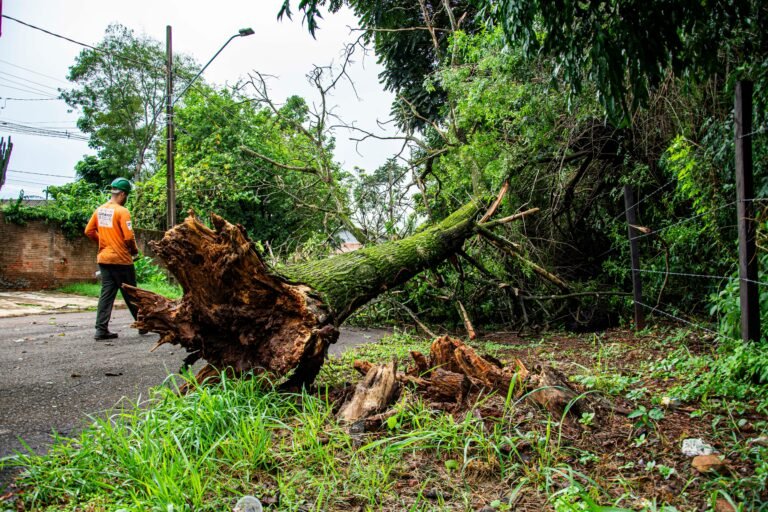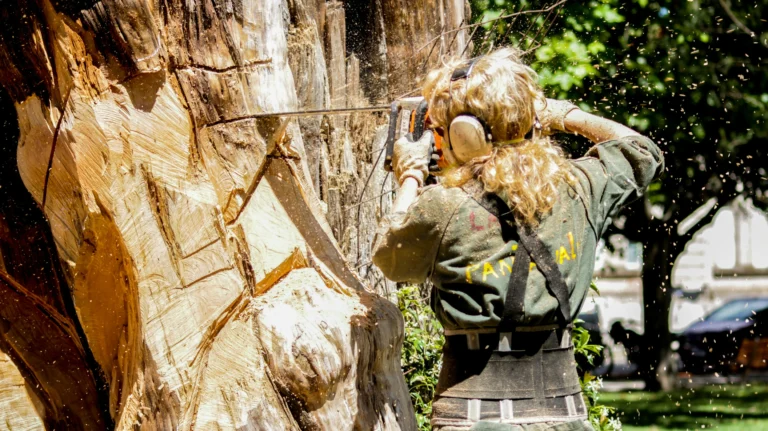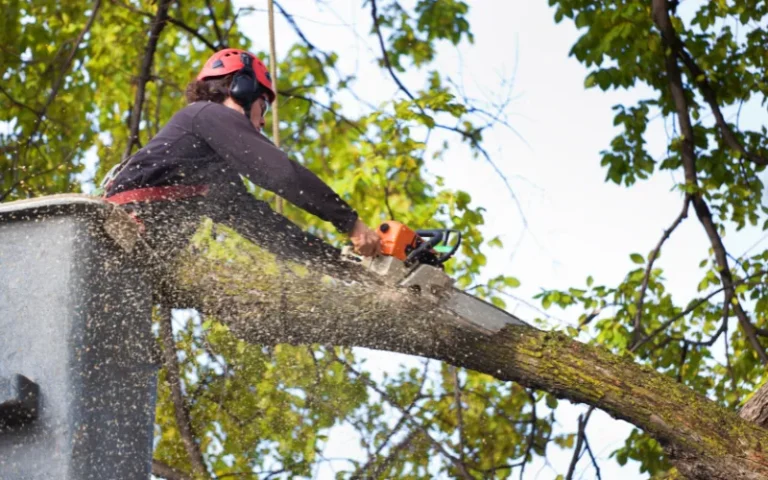What Types of Palm Trees Can Grow in North Carolina?
Do palm trees grow in North Carolina? Absolutely. Cold-hardy types like Windmills and Needle Palms thrive in coastal and southern zones. With the right care, these palms bring a tropical vibe to your yard even through winter. Pick smart, plant right, and enjoy year-round green without leaving the Carolinas.
Read also: Do opposums live in trees?
The Truth About Carolina Weather
North Carolina has a split personality when it comes to weather.
- The coast? Warmer winters. Way more humidity.
- The Piedmont and mountains? A lot colder. Way less palm-friendly.
But it’s not all bad news. Some palm trees don’t mind a little frost. As long as the roots don’t freeze, they’ll bounce back.
Best Palm Trees for North Carolina
Let’s get to the no-brainer list. These are the palm trees that can hold their own in Carolina soil:
1. Windmill Palm (Trachycarpus fortunei)
- Top pick for NC yards
- Handles cold like a champ
- Grows up to 40 feet
- Loves part sun or shade
2. Needle Palm (Rhapidophyllum hystrix)
- Native to the Southeast
- One of the cold-hardy palms ever
- Looks bushy but still cool
- Don’t get taller than 6 feet
3. Sabal Palmetto (Cabbage Palm)
- State tree of South Carolina
- Thrives near the coast
- Stands up to salty air and wind
- Can hit 60 feet tall
4. Pindo Palm (Butia capitata)
- A true show-off with blue-green leaves
- Handles cold to 15°F
- Produces edible fruit (no lie)
- It is a slow grower but worth it
5. Dwarf Palmetto (Sabal minor)
- Grows low, spreads out wide
- Native to the southeastern U.S.
- Survives down to 0°F
- Great for foundation planting
Grading Palm Tree Toughness
How do you know if a palm is tough enough for NC? Easy. Use these grading methods:
- Cold Hardiness Zone: The lower the number, the better the cold resistance
- Wind Resistance: Crucial for coastal areas with storms
- Growth Speed: Slow growers are usually hardier
- Soil Tolerance: Some palms hate clay. Others don’t care.
So don’t just buy what looks pretty. Check the tag. Ask questions. Know what you’re getting.
What History Says About Palms in Carolina
Here’s the deep dive. Palms have been around for over 80 million years. They’ve seen it all. The Cabbage Palm (Sabal Palmetto) has deep roots in Carolina history. You’ll find it on flags, monuments, and even old plantations. Native tribes used it for huts and baskets. That’s how long it’s been part of the Southern story. Palms are making a comeback. More homeowners want that tropical vibe without moving to Miami.
What You Have to Do to Make Them Thrive
Palm trees aren’t high-maintenance, but you can’t ignore them either. Here’s how to keep them happy in Carolina dirt:
- Mulch heavily in winter to protect roots.
- Use palm-specific fertilizer (they need extra magnesium and potassium).
- Water deeply but not often.
- Wrap trunks on younger palms during frosts.
- Pick the right spot; sun, drainage, and wind protection matter.
This isn’t guesswork. It’s research-backed stuff that gets real results.
Why Most People Fail (But You Won’t)
Here’s where people mess up:
- Buying tropical palms like Coconut or Queen Palm. They will die in a Carolina winter.
- Planting in soggy, low-lying areas. Palms hate wet feet.
- Ignoring the frost dates. A surprise freeze can wreck an unprotected palm overnight.
But you? You’ve got the know-how now. You’re going to pick the right tree, plant it right, and crush this.
Final Thought
In the end, just don’t wing it. Pick the right type. Learn what zone you’re in. Follow the care rules. And you’ll have a tree that lives for decades, maybe even generations. Palm trees in North Carolina? Not only possible. It’s a growth hack for your whole yard. So go plant one. Your future self will thank you.
Related articles:






